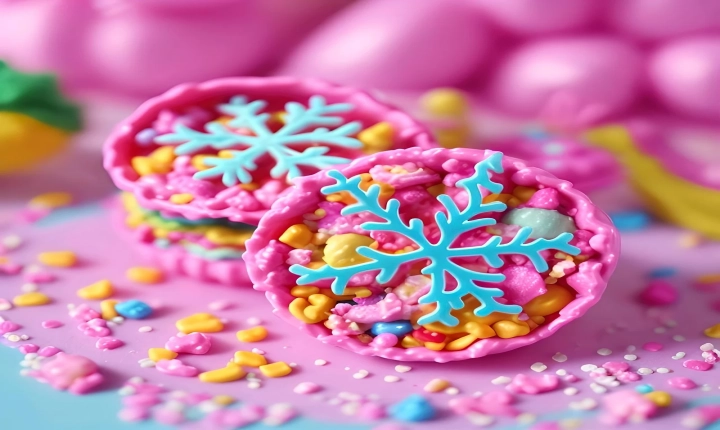How to Convert a JPG to AI: A Comprehensive Guide
Adobe Illustrator is a widely-used vector graphics editor known for its ability to create stunning illustrations, logos, and designs. While JPG (Joint Photographic Experts Group) is a popular file format for digital images, it is a raster format, meaning it is composed of pixels and cannot be scaled without loss of quality. On the other hand, AI (Adobe Illustrator) is a vector-based format that allows for infinite scalability without loss of quality. Therefore, converting a JPG to an AI format can be extremely beneficial when working on design projects that require scalability and flexibility. In this article, we will guide you through the process of converting a JPG file to an AI format using Adobe Illustrator.
Step 1: Open Adobe Illustrator
To begin the conversion process, open Adobe Illustrator on your computer. If you don’t have the software installed, you can download it from Adobe’s official website and follow the installation instructions.
Step 2: Import the JPG File
Once Illustrator is open, go to the “File” menu and select “Open” to import the JPG file that you want to convert to AI. Navigate to the location where the JPG file is saved and select it to open it in Adobe Illustrator.
Step 3: Trace the Image
After opening the JPG file in Illustrator, the next step is to trace the image and convert it into a vector format. To do this, select the image, and then go to the “Object” menu. From there, choose “Image Trace” and select the appropriate tracing options based on your specific image. This will convert the raster image into a vector format.
Step 4: Refine the Image (Optional)
Depending on the complexity of the original JPG image, you may need to refine the vectorized image to ensure optimal quality and accuracy. Use the tools in Illustrator to adjust anchor points, smooth curves, and clean up any imperfections that may have resulted from the tracing process.
Step 5: Save the File as AI
Once the image has been traced and refined, it’s time to save it in the AI format. Simply go to the “File” menu and select “Save As.” Choose the location where you want to save the file, give it a name, and select “Adobe Illustrator (.ai)” as the file format. Click “Save” to save the converted AI file to your preferred location.
Step 6: Enjoy the Benefits of a Vector Image
By following these steps, you have successfully converted a JPG file to AI, creating a scalable and versatile vector image. As a vector file, your design can now be easily resized, edited, and manipulated without any loss of quality, making it perfect for various design projects including logos, illustrations, and more.
In conclusion, converting a JPG to AI using Adobe Illustrator is a simple process that can unlock the full potential of your digital images. Whether you’re a graphic designer, illustrator, or hobbyist, having the ability to work with vector files can greatly enhance the quality and flexibility of your designs. With the help of Adobe Illustrator, you can seamlessly convert your JPG files into AI format and unleash the power of vector graphics in your creative endeavors.
